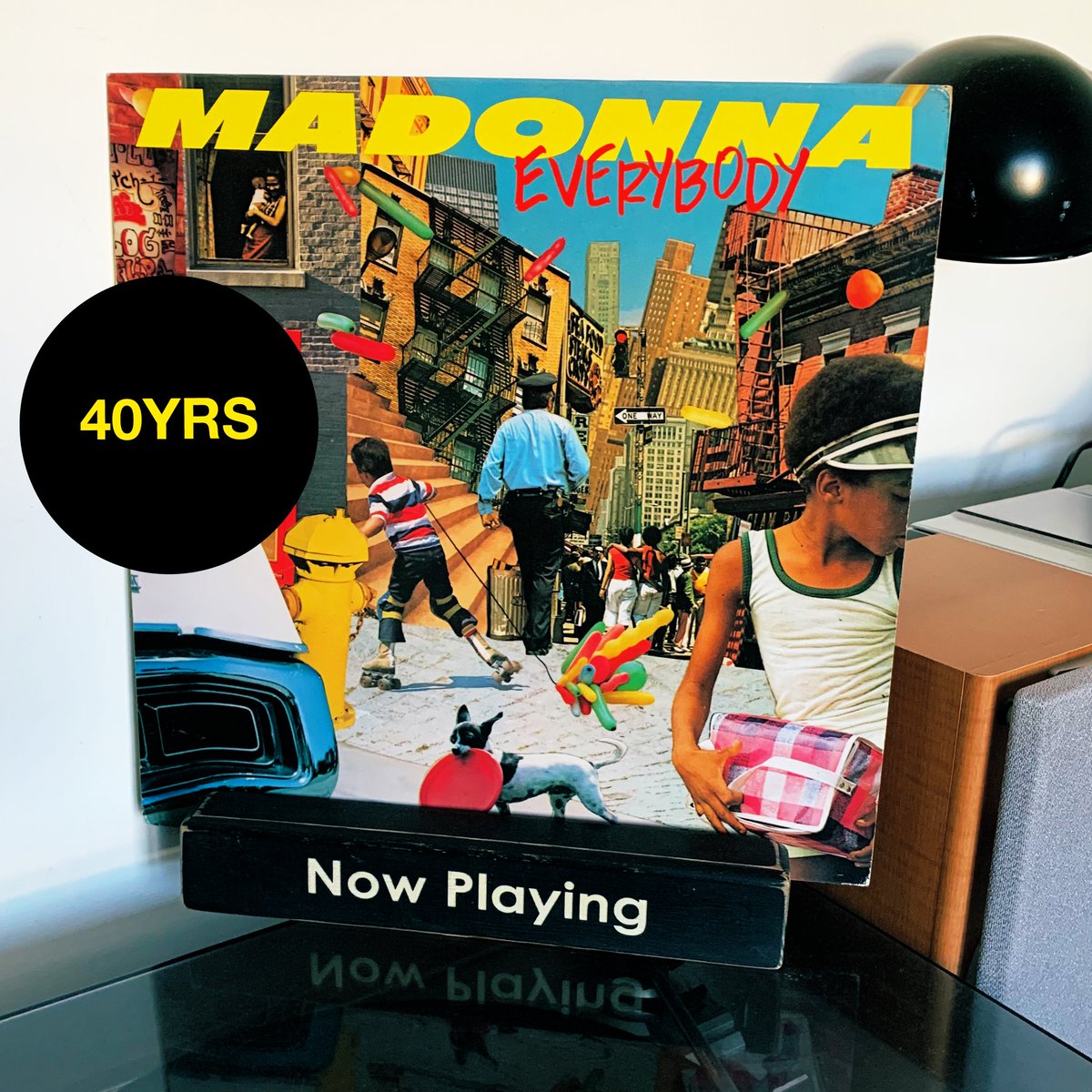
In Proceedings of the First International Workshop on Internet-Scale Multimedia Management (WISMM '14). #nowplaying Music Dataset: Extracting Listening Behavior from Twitter. The dataset comes with a rich set of item content features and user context features, as well as timestamps of the listening events. It contains 11.6 million music listening events of 139K users and 346K tracks collected from Twitter. In case you make use of our dataset in a scientific setting, we kindly ask you to cite the following paper:Įva Zangerle, Martin Pichl, Wolfgang Gassler, and Günther Specht. The nowplaying-rs dataset features context- and content features of listening events. musicbrainz identifier of the recording (cf.timestamp of the time the tweet underlying the listening event was sent.source of the tweet (how it was sent as provided by the Twitter API).

#NOWPLAYING TWITTER ARCHIVE#
This archive contains the nowplaying.csv file, the main file which contains the following fields: The dataset features a total of 126 mio listening events. Furthermore, we provide a mapping of tracks to its respective Musicbrainz identifiers. In this dataset, we provide the track and artist of a listening event and metadata on the tweet (date sent, user, source). We also give you a shelf to store all your favourite records in and build a collection. Using the colours from the album artwork, we ensure the interface always matches the songs aesthetics.

Many iterations have been made to get the cleanest look possible. In particular, this dataset includes tracks which have been tweeted using the hashtags #nowplaying, #listento or #listeningto. NowPlayings primary function is to display and tell you about the music around you. Let us dare to leave them a world worth living in.This dataset contains a dump of the #nowplaying dataset which contains so-called listening events of users who publish the music they are currently listening to on Twitter. Sure, our treasure is in heaven, if you believe it so, but there's so much we can't see for the ones we leave behind. But where DeMent, in regards to climate activism, " contemplates her powerlessness in the face of her own mortality," as my colleague Ann Powers writes, Grant's thinking about the soul of humankind during our miniscule time on Earth: "Statues fall and glory fades / But a 100-year-old oak tree still gives shade," Grant sings, in a voice that's turned amber with time. In a way, "Trees We'll Never See" is in environmental conversation with Iris DeMent's "Workin' on a World," itself a spin on a gospel song. But it's sight without knowledge of what's to come, trusting that strong roots laid now take hold through "love and faith and grace, a little time." The song, co-written by Altman and country music artist Michael White, is a testament to Grant's taste and temperament - heartstring-tugged imagery ("I can see her there in one of dad's old shirts") and a sturdy, fingerpicked acoustic guitar grounded by the tough-but-tender clarity of age and experience.

"Trees We'll Never See" was found in a song swapping session between Grant and Marshall Altman, who produced Grant's 2013 album How Mercy Looks from Here. After open-heart surgery in 2020 and recovering from a bicycle accident last year that temporarily impaired her cognitive abilities, not to mention a throat surgery just this past January, Grant comes back with a meditation on the seeds we sow and the forest yet to come. The Now Playing plugin should work with various resolutions, and you can customize parts of the screen like font size, colors, album art size and background. Amy Grant will forever be the Queen of Christian Pop - angelic bops abound - but that honorific (one perhaps a bit more official these days) belies the earthly wisdom she bestows in both the songs she writes and those she chooses to sing.


 0 kommentar(er)
0 kommentar(er)
